How we live and relate to each other in light of increased digitisation is at the core of ‘Rhythm and Senses’, the first solo exhibition of Tao Hui (b. 1987, Chongqing) at Edouard Malingue Gallery, Hong Kong. Tao Hui is a Chinese artist born in the city of Chongqing. Using the language of video and installation, Tao Hui expresses collective experience, the focus of which is often social identity, gender status, ethnicity and cultural crisis. Running throughout his work is a sense of misplacement, prompting the audience to face their own cultural histories, living conditions and social identities. Exploring the pace of our present existence and our responses to such, Tao Hui navigates through four distinct works the unstable complications we face, our shifting perceptions as well as spiritual needs.
‘Rhythm and Senses’ is a dissection of our contemporary condition in four parts, fleshing out the pulse of contemporary being, actually and virtually, and how it has impacted society. Sliding PVC doors carve the exhibition area into three sections, leading to individual contemplation of each piece. A sense of solitary viewership pervades, a state that relates to our personal experience in relation to an increasingly digitised world in which we are bubbled, yet linked. Tao Hui hints to a continued element of association, however, through the clear blue slithers in each wall slide that permit peering between each section, an allusion to our fractured yet existent connectivity.
Entering the first space is ‘Screen as Display Body’ (2019), which sets the exhibition’s digital tone, presenting four screens on the floor aboard a shopping trolley, which respectively show the key tones of display pixels: red, blue, green and white. The core components of visual dissemination, Tao Hui points to how these colours are responsible for the way we view the world whether through our eyes in real life or digitally. The work, however, equally addresses how the screen can be considered a work in itself, elevating its status and value. Moreover, through its multifaceted use, Tao Hui addresses how it can be both a tool for entertainment and political control.
Our individual yet collective condition as influenced by digitisation is poignantly captured in ‘Pulsating Atom’ (2019), an installation composed of a tall screen that presents a commonplace, middle-aged gala singer conveying fractions of everyday life to the rhythm of short movie clips. The work relates to the frenzy of social networking, more specifically the Chinese phenomenon ‘Tiktok’, an app that shares short video clips that people can view, produce, reproduce and share. The gala singer and the clips share no actual connection, much in the way the people who relate to each other via these short clips, building on each other’s contributions. As such, and as highlighted by the work’s title, it addresses the atomisation of society as well as the dissonance between greater exchange and increased solitude.
In the final room the last two works are presented concurrently and relate to truths. “White Building” (2019) is an installation presenting a control panel of western modernist style, a display that contrasts with its content that depicts across a series of screens the native Huanghe waist drum dance and the area’s surrounding natural scenery. By presenting a humanist tradition and its origins in a manner that alludes to power, Tao Hui highlights the duality of ‘the screen’ as presented by ‘Screen as Display Body’ (2019) in the first room, but also alludes to the manipulation of what we see, feel and do. This consideration is further emphasised by the series of photographs hanging on the walls that present through laser holography architectural models rendered with exacting precision. The works address our relationship with nature and question our modern ways of sensing, through sight and touch, while pointing to truth and how we seek it amidst the virtual.
Ultimately, ‘Rhythm and Senses’ is an exploration of being. Using the language of dance, song, entertainment, nature, exchange – all the things that make humans human – Tao Hui addresses the propagation of humanity and its reformulation in the context of the digital age. Mounting a critique rather than being critical per se, Tao Hui prompts a sense of awareness as to ourselves, our habits and our surroundings. A prompt that points to a state of fracturing but also highlights the strings interconnecting our contemporary society.
Tao Hui was born in Yunyang, Chongqing, China. He graduated from Sichuan Fine Arts Institute with a BFA in Oil Painting in 2010 and currently lives and works in Beijing, China. He won the special award of Contemporary Art Archive from Sichuan Fine Arts Institute in 2008 and ‘Art Sanya & Huayu Youth Award’ in Sanya in 2015. He also won the grand prize of 19th “Contemporary Art Festival Sesc Videobrasil”, and was shortlisted for “HUGO BOSS ASIA ART Award for Emerging Asian Artists” and International Competition sector of the KINO DER KUNST festival in 2017. His solo exhibitions include OCAT Xi’an, Xi’an, China, 2017; UCCA, Beijing, China, 2015. Group exhibitions include 11th Shanghai Biennale’, PSA, Shanghai, China, 2016; Fondation Louis Vuitton, Paris, France, 2016; chi K11Art Space, Shanghai, China, 2016; ‘Contemporary Art Festival Sesc Videobrasil: Southern Panoramas’, São Paulo, Brazil, 2013, 2015.
Rhythm and Senses Tao Hui
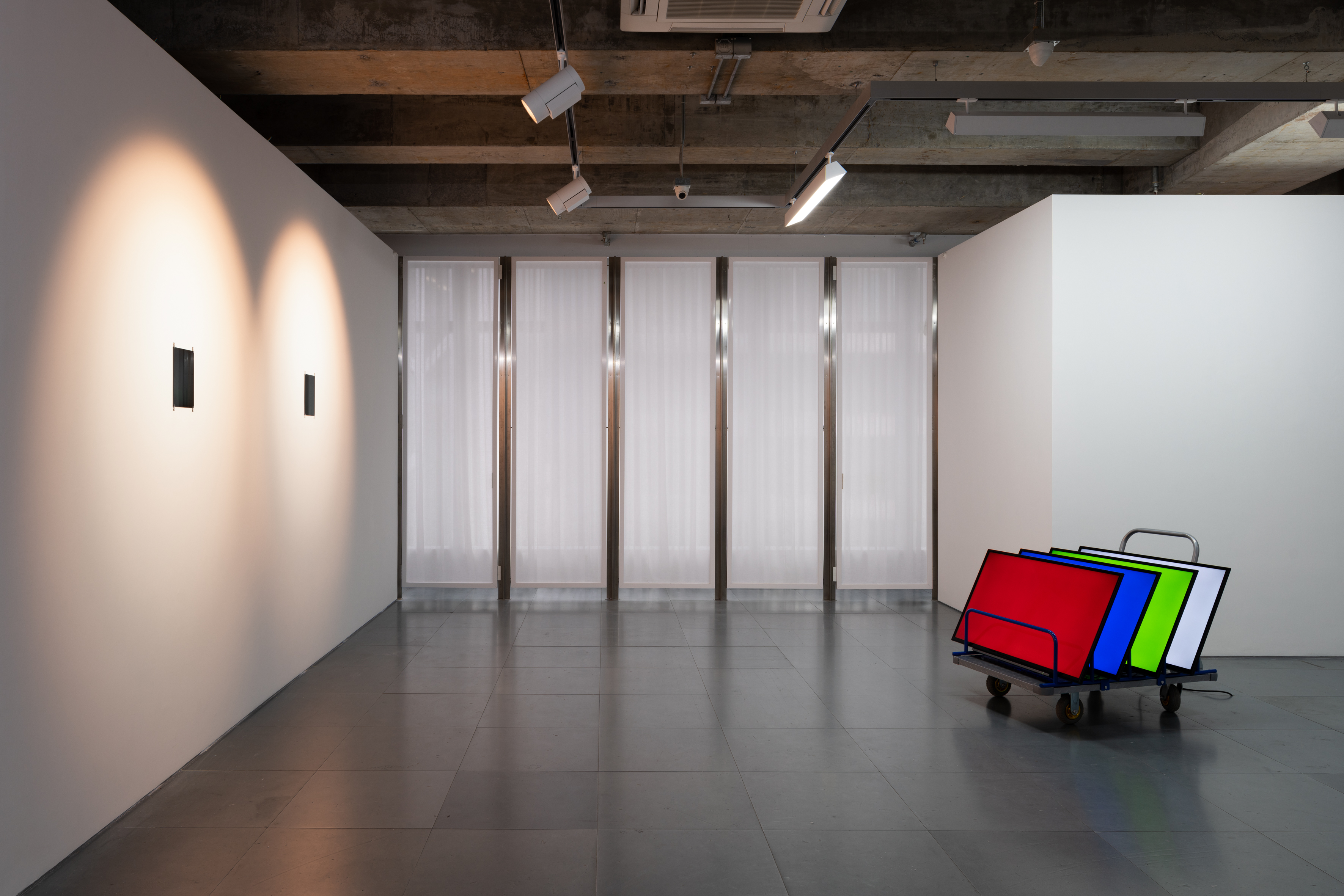

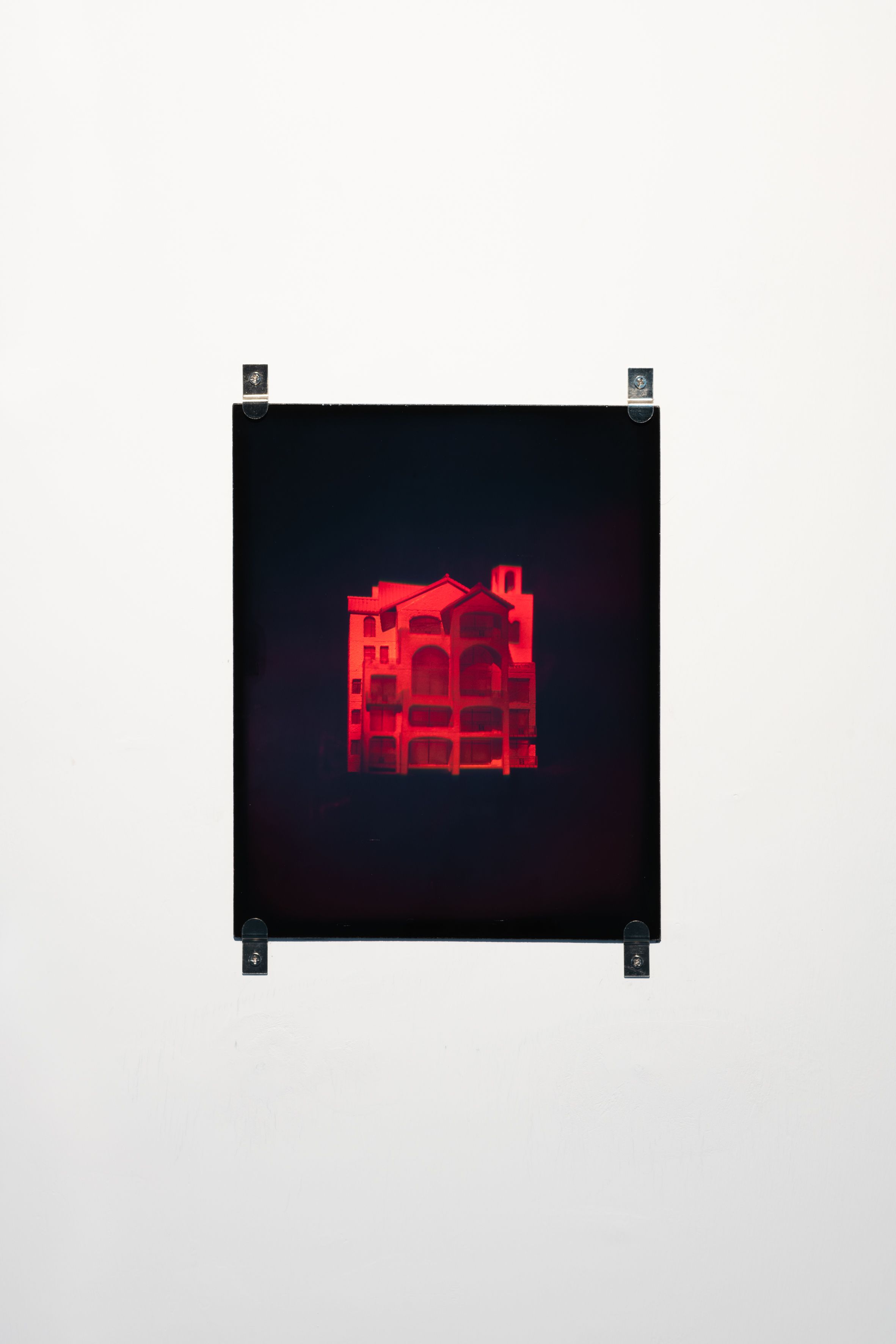
‘Untitled (holographic building 01)’, 2019
Hologram, glass
25 x 15 cm
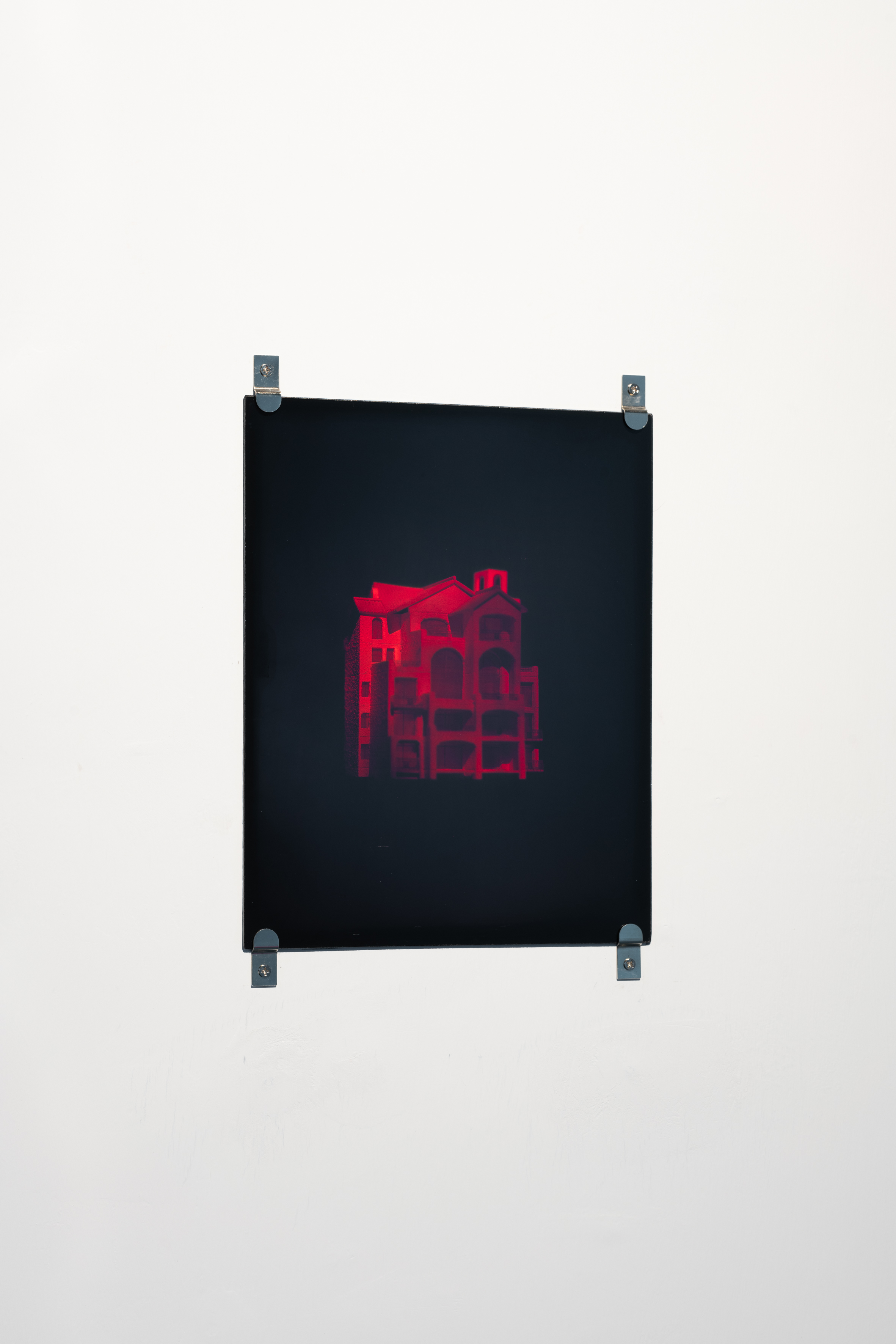
‘Untitled (holographic building 01)’, 2019
Hologram, glass
25 x 15 cm

‘Untitled (holographic building 02)’, 2019
Hologram, glass
25 x 15 cm

‘Untitled (holographic building 02)’, 2019
Hologram, glass
25 x 15 cm
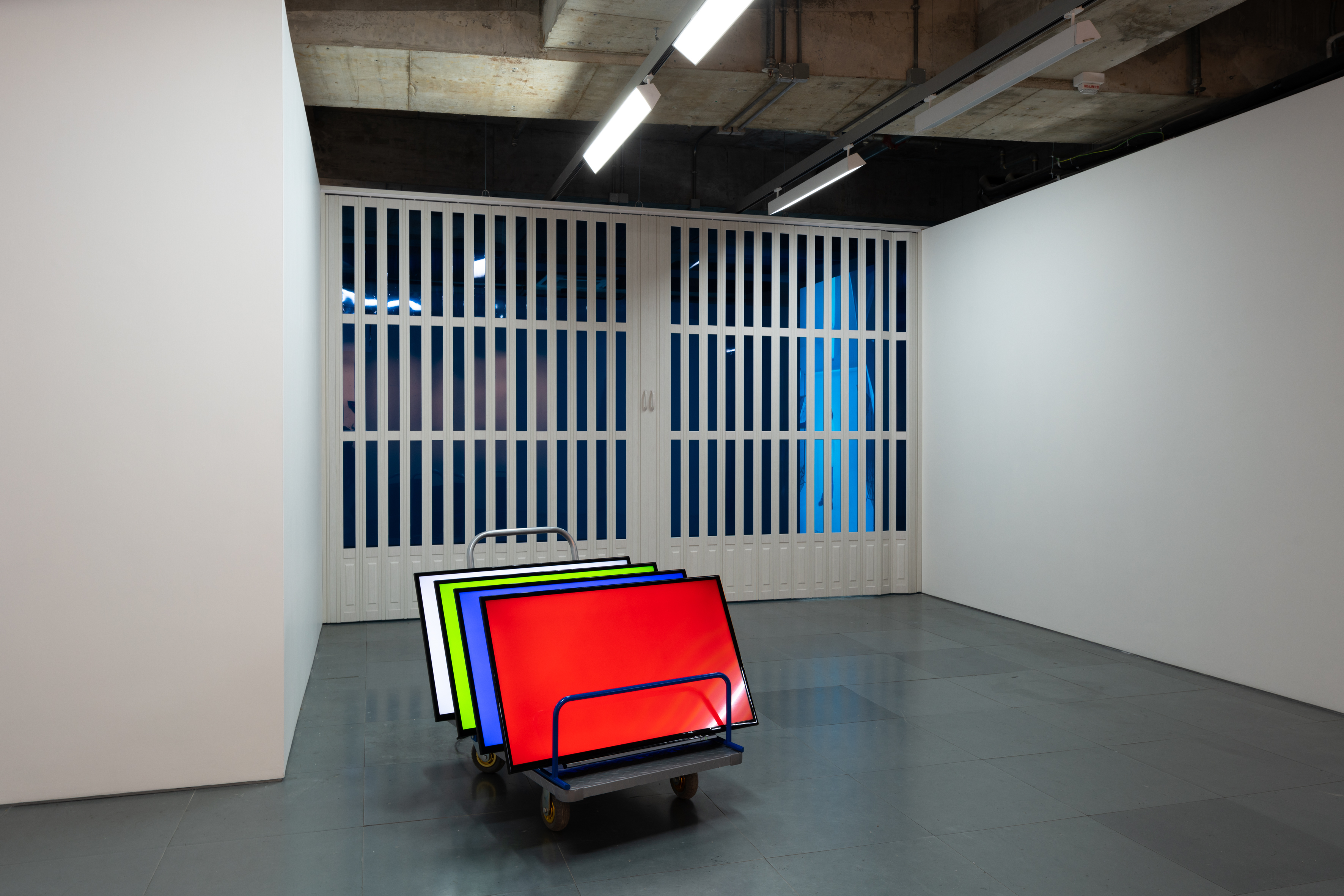
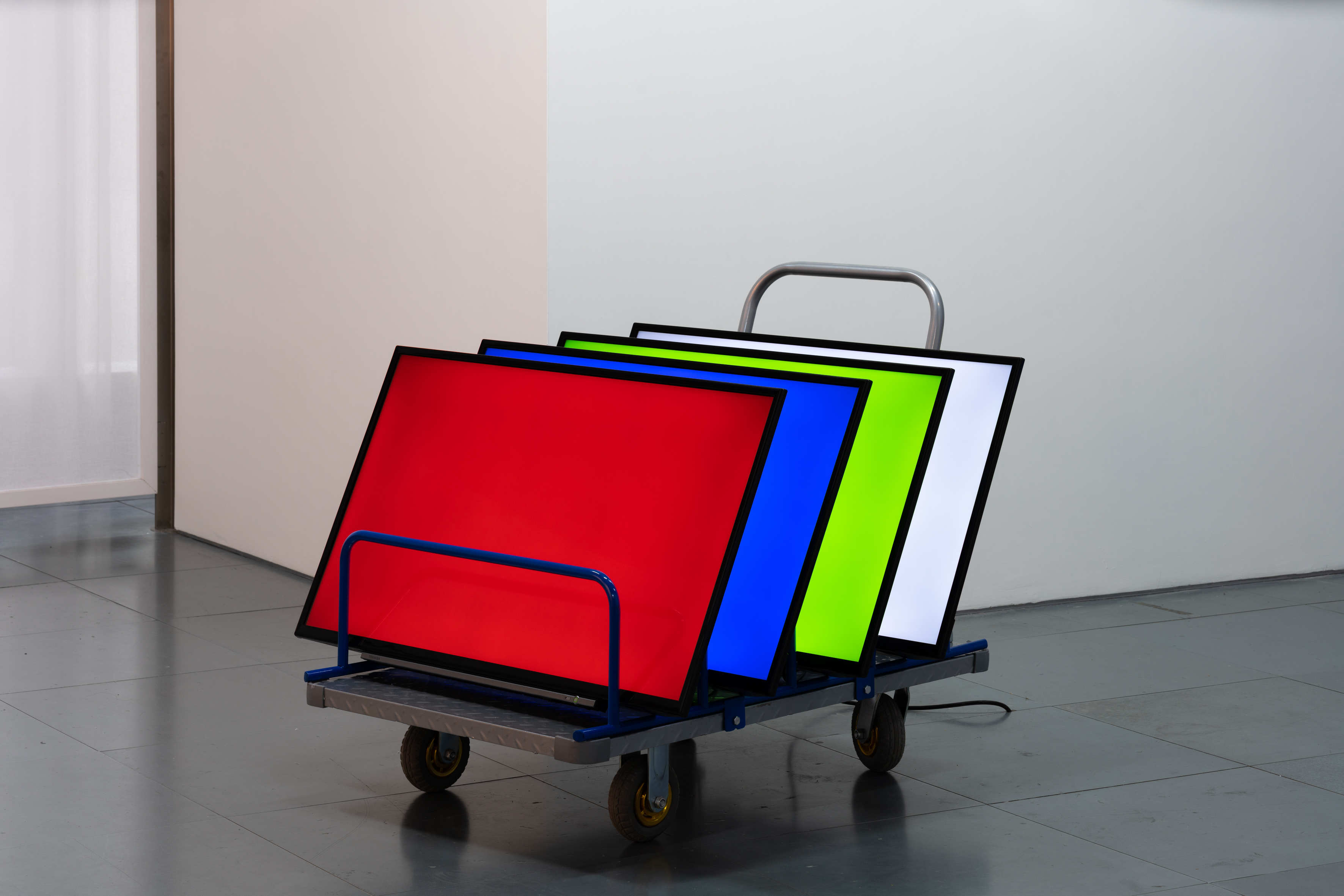
‘Screen as Display Body’, 2019
LED screens, trolley
Dimensions variable
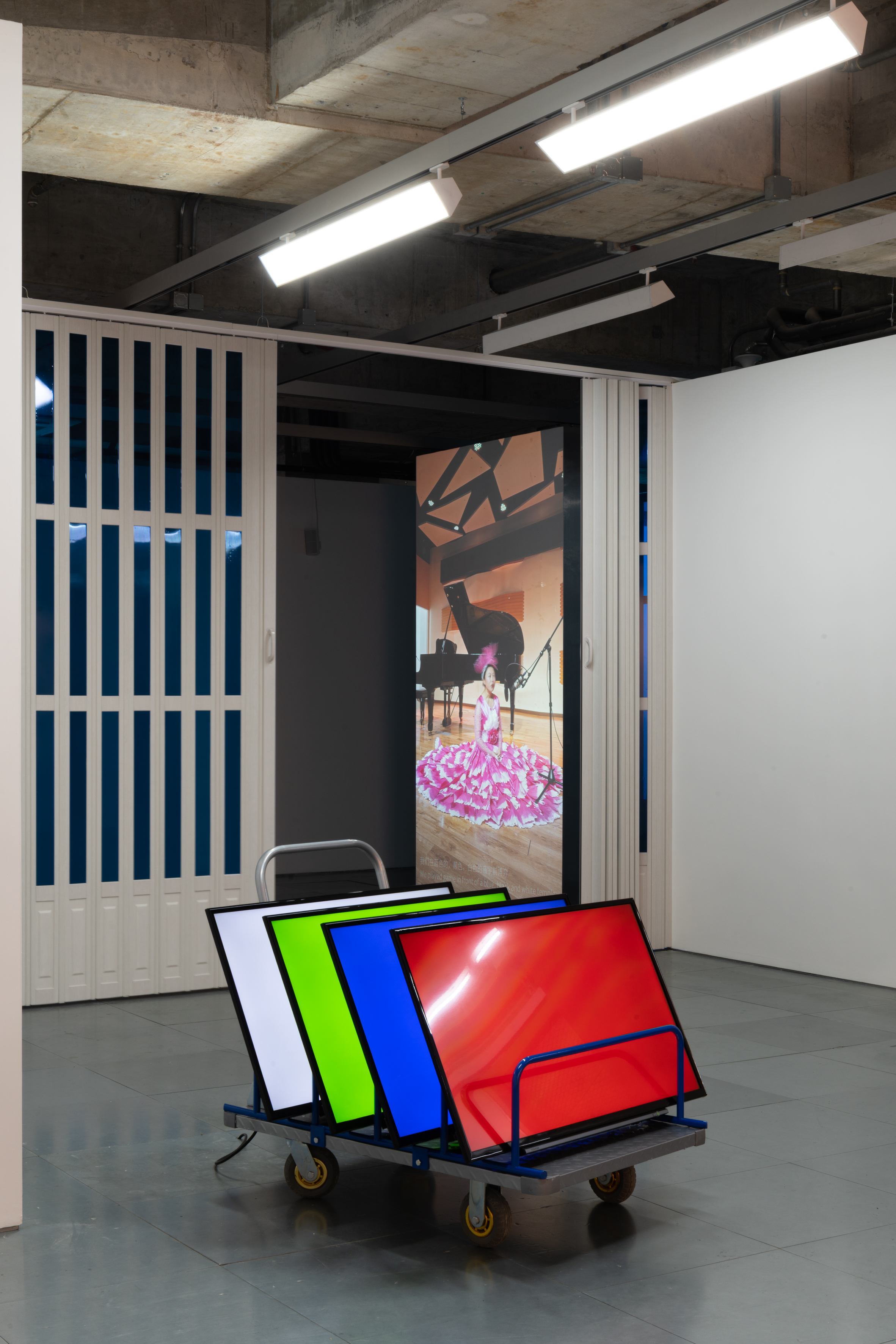
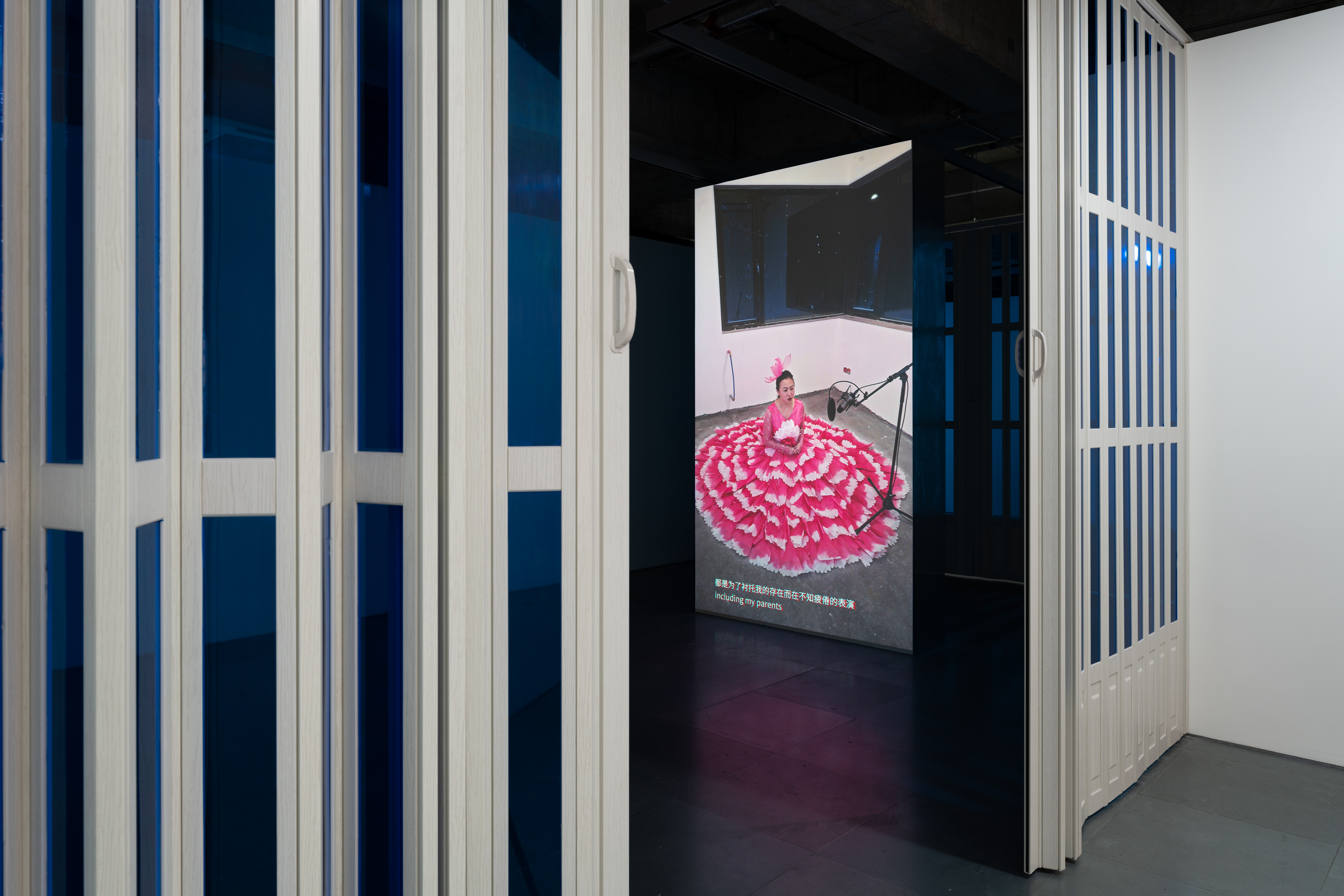
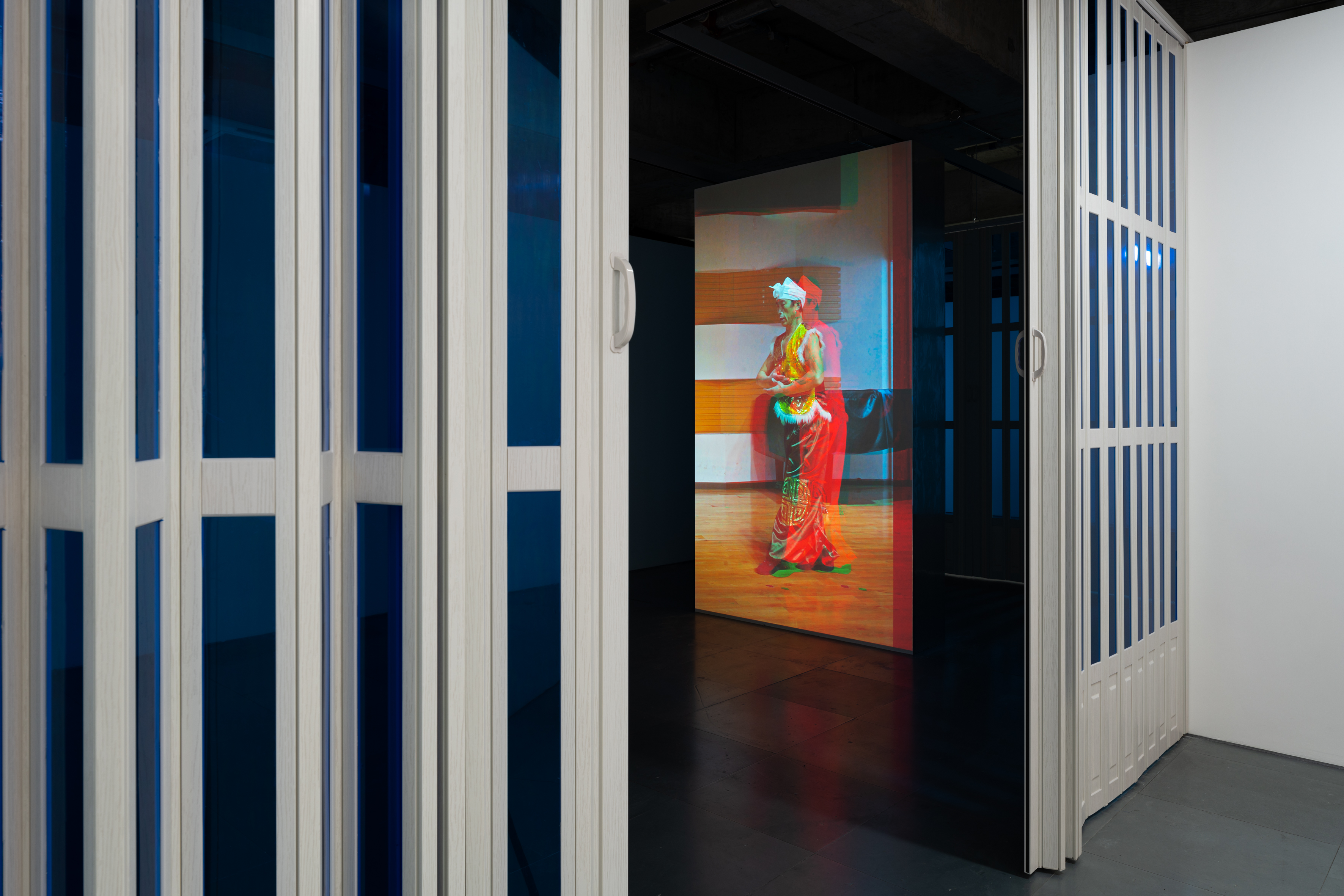
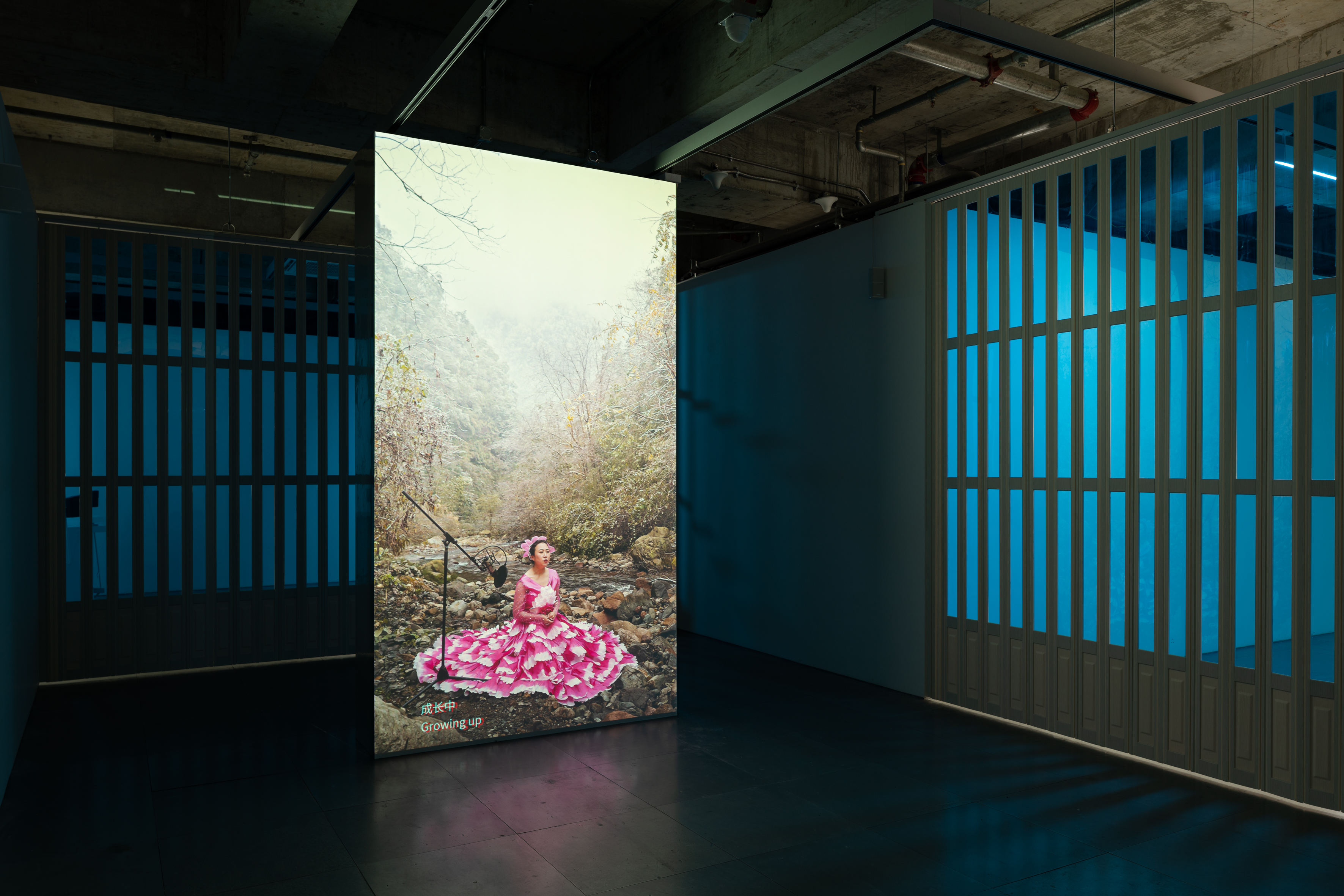
‘Pulsating Atom’, 2019
Single channel HD video, color, sound
14 min 12 sec
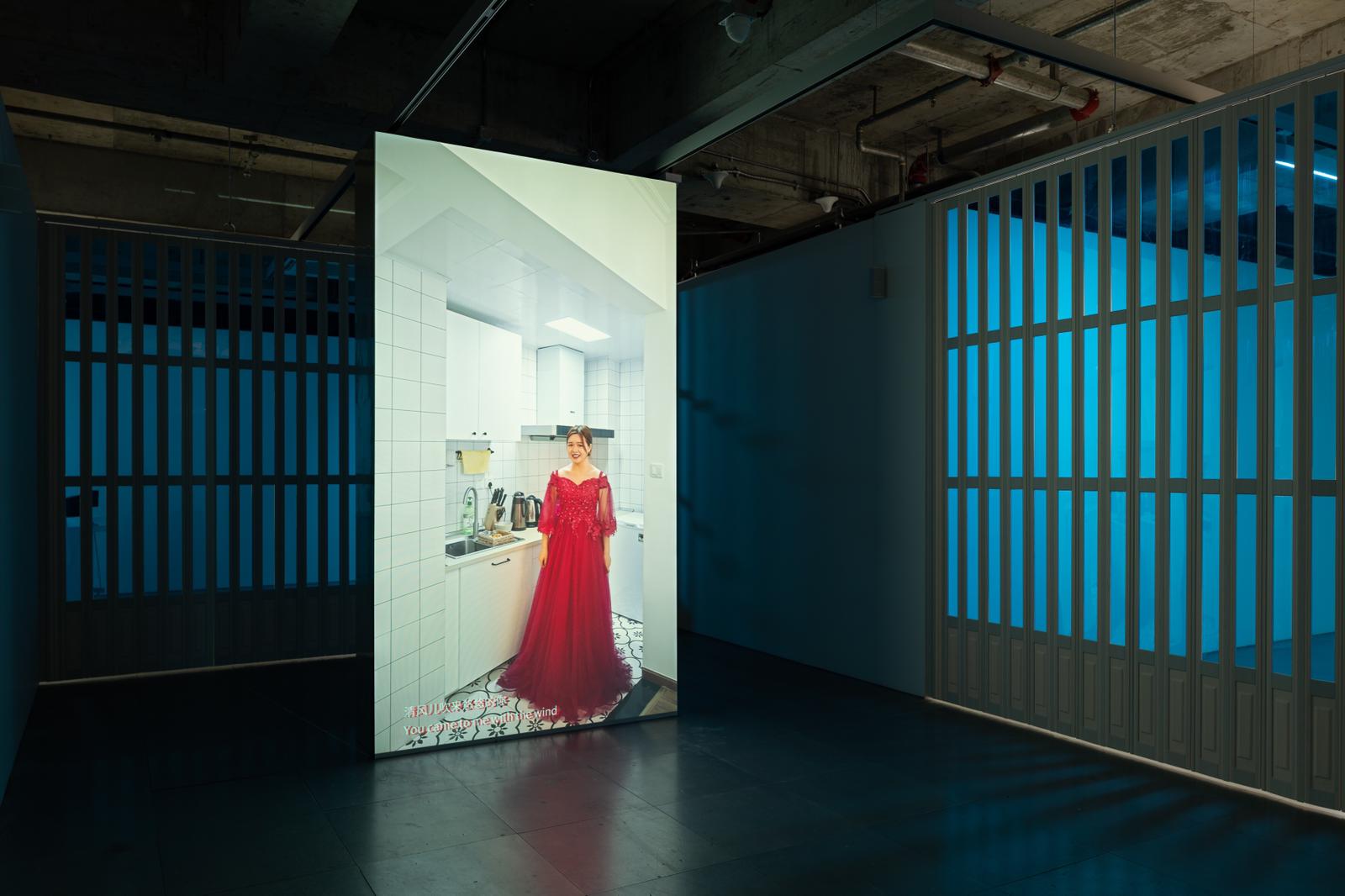
‘Pulsating Atom’, 2019
Single channel HD video, color, sound
14 min 12 sec

‘Pulsating Atom’, 2019
Single channel HD video, color, sound
14 min 12 sec
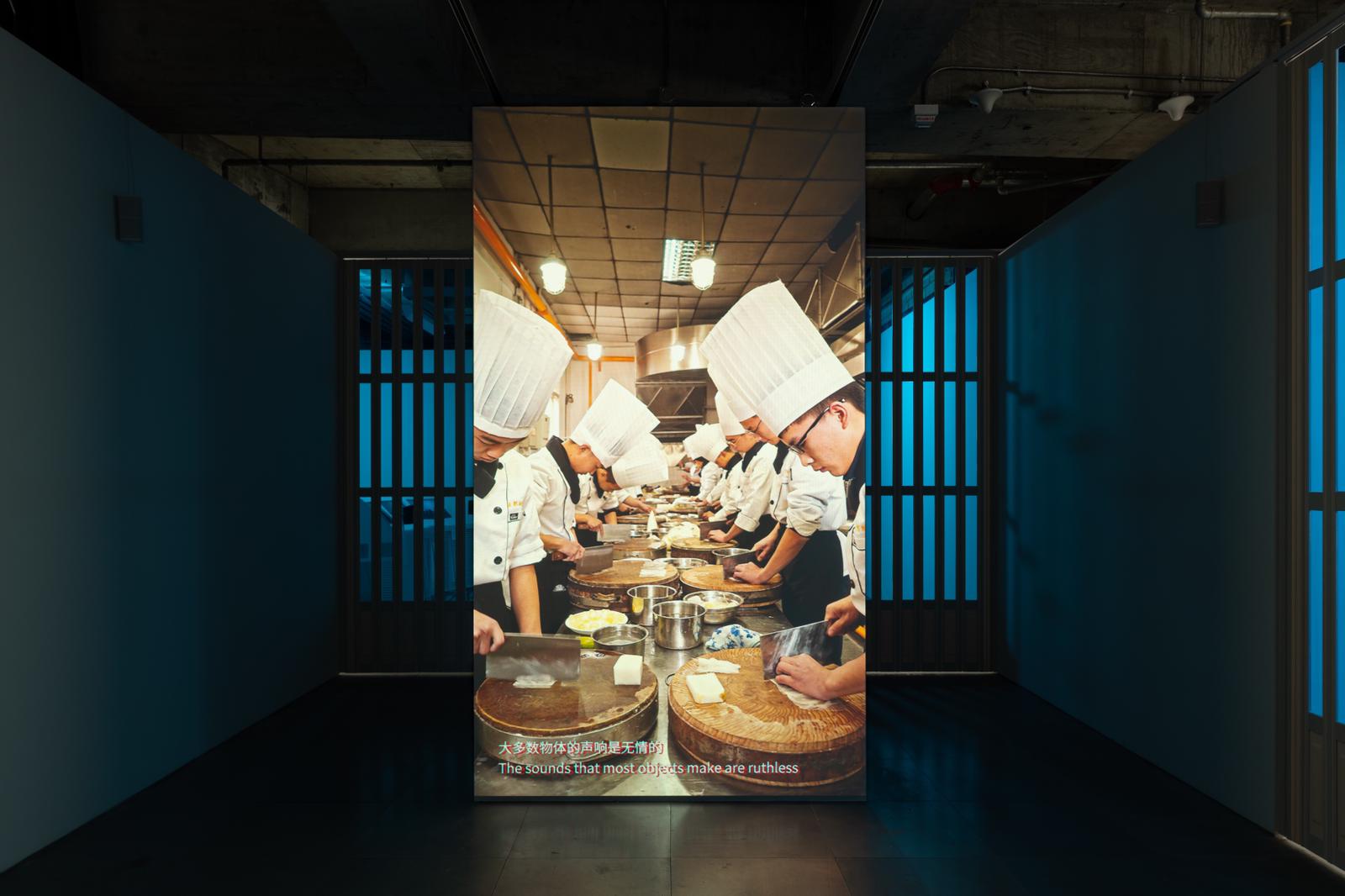
‘Pulsating Atom’, 2019
Single channel HD video, color, sound
14 min 12 sec

‘Pulsating Atom’, 2019
Single channel HD video, color, sound
14 min 12 sec
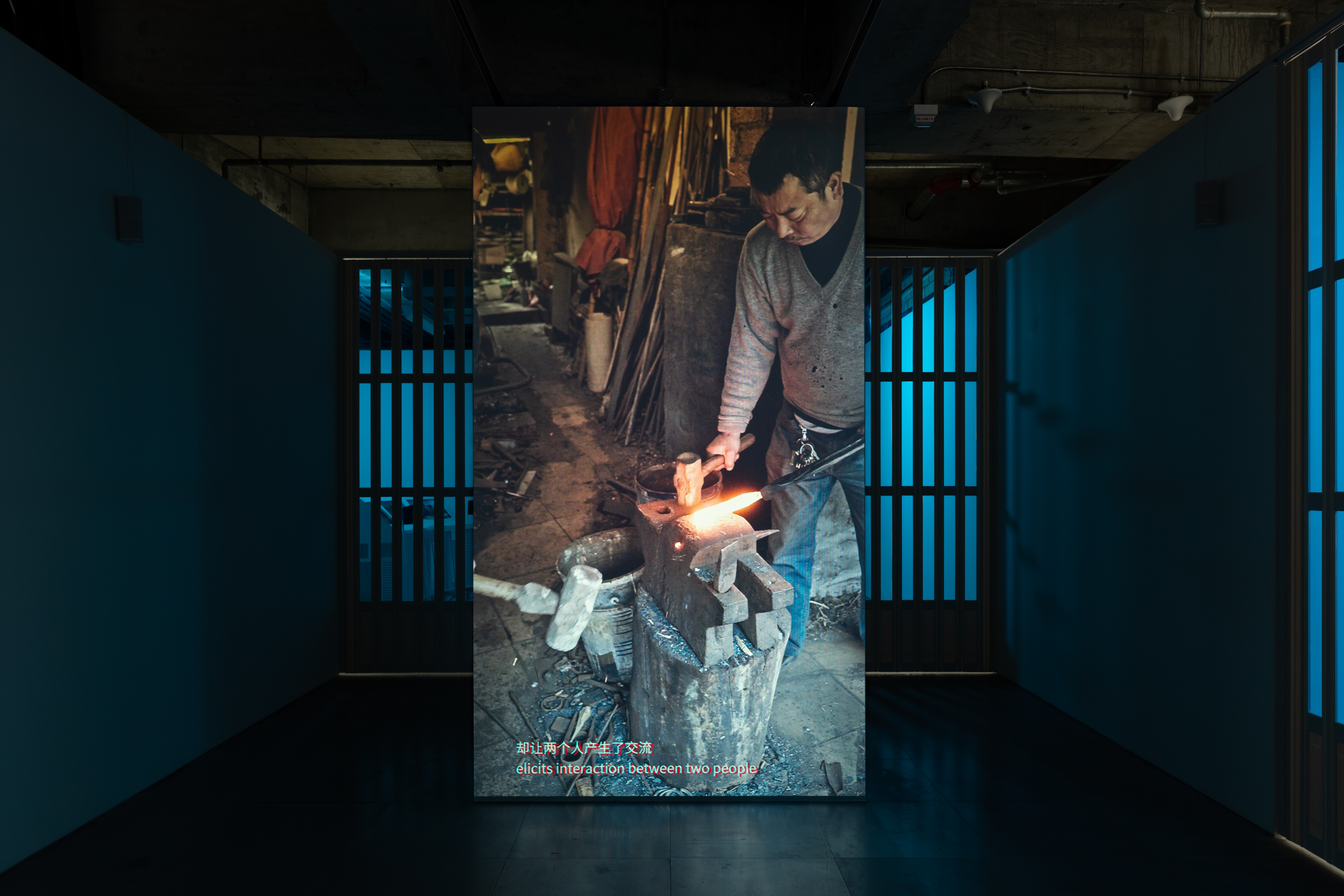
‘Pulsating Atom’, 2019
Single channel HD video, color, sound
14 min 12 sec
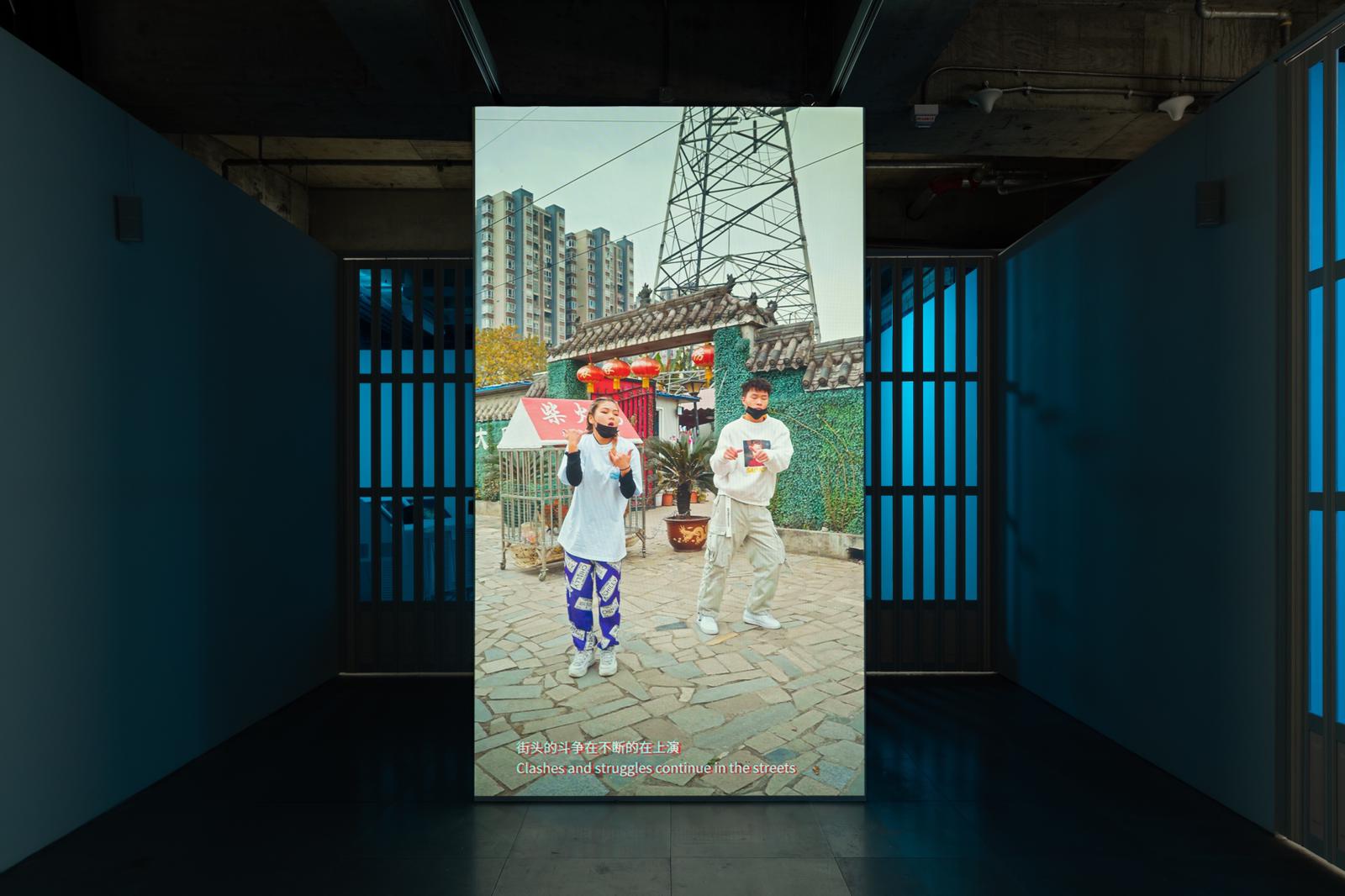
‘Pulsating Atom’, 2019
Single channel HD video, color, sound
14 min 12 sec
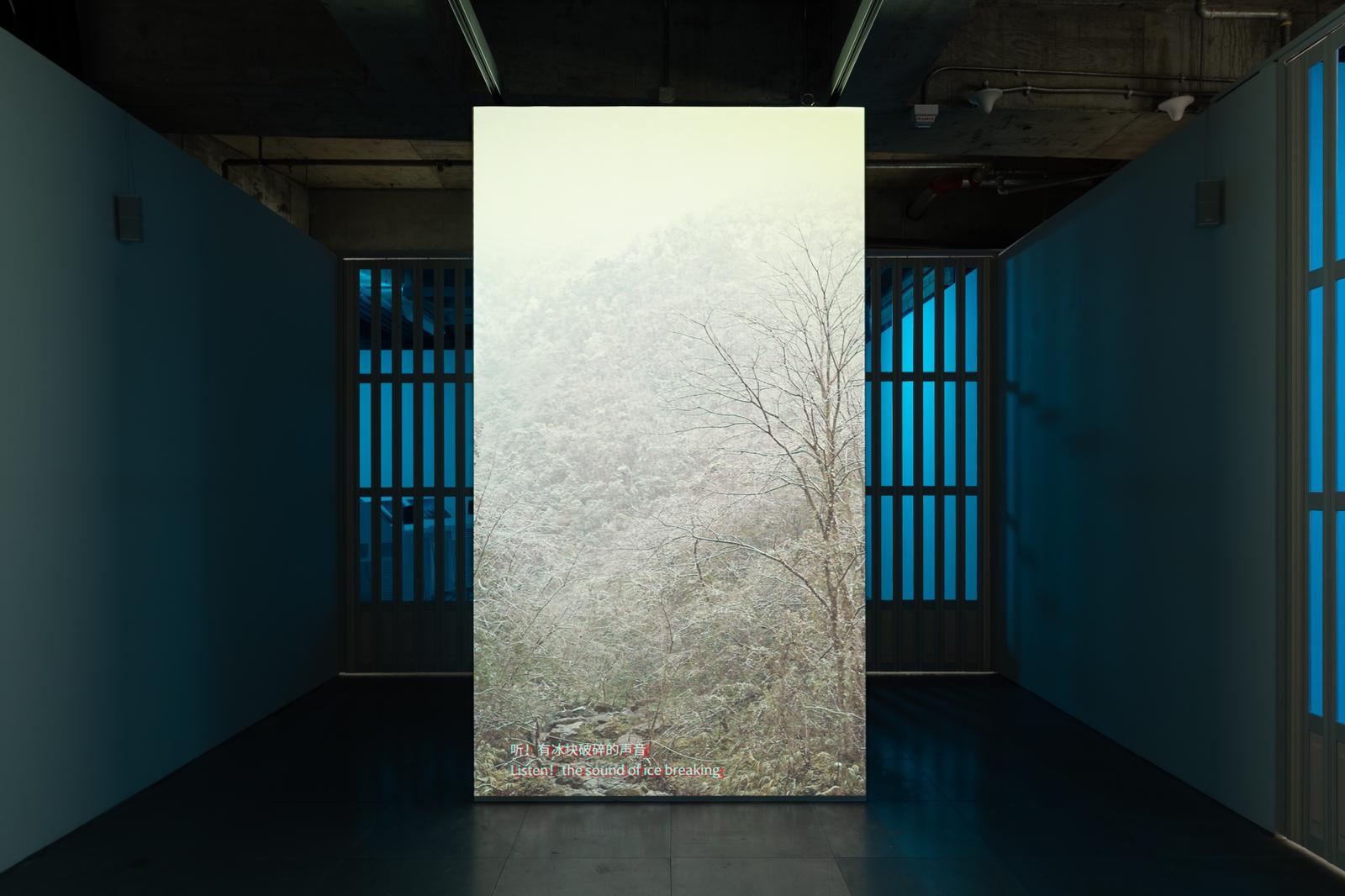
‘Pulsating Atom’, 2019
Single channel HD video, color, sound
14 min 12 sec

‘Pulsating Atom’, 2019
Single channel HD video, color, sound
14 min 12 sec
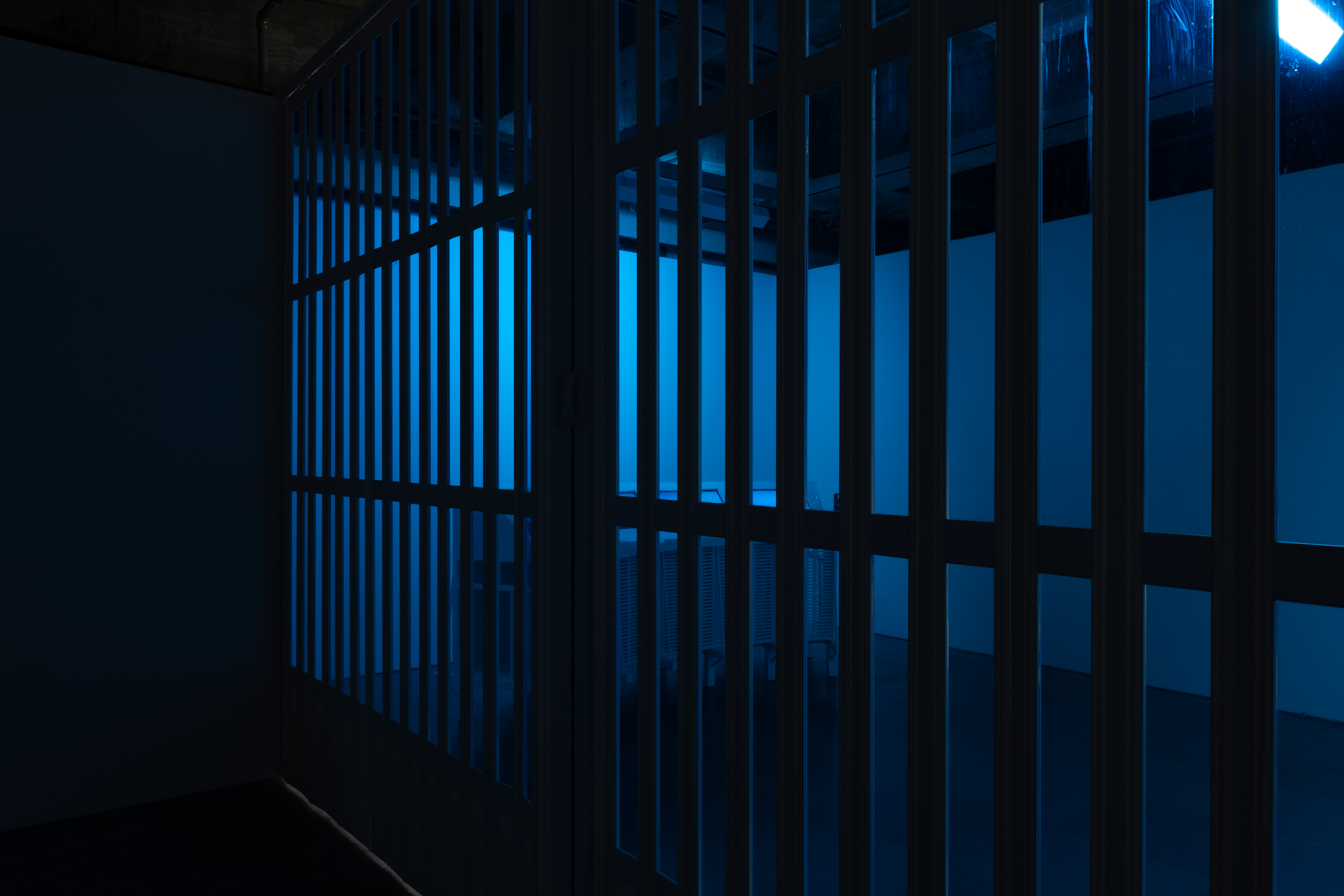
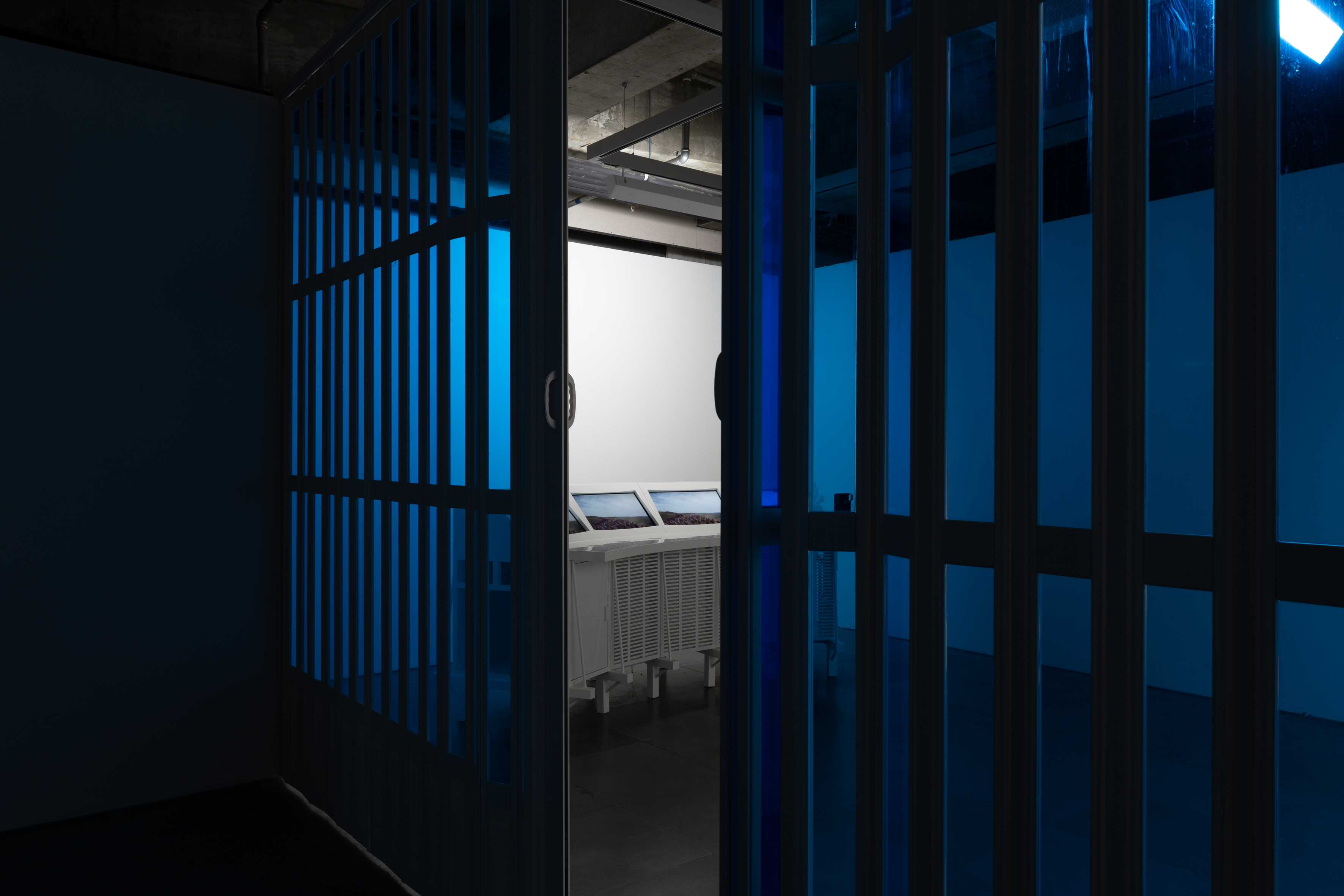
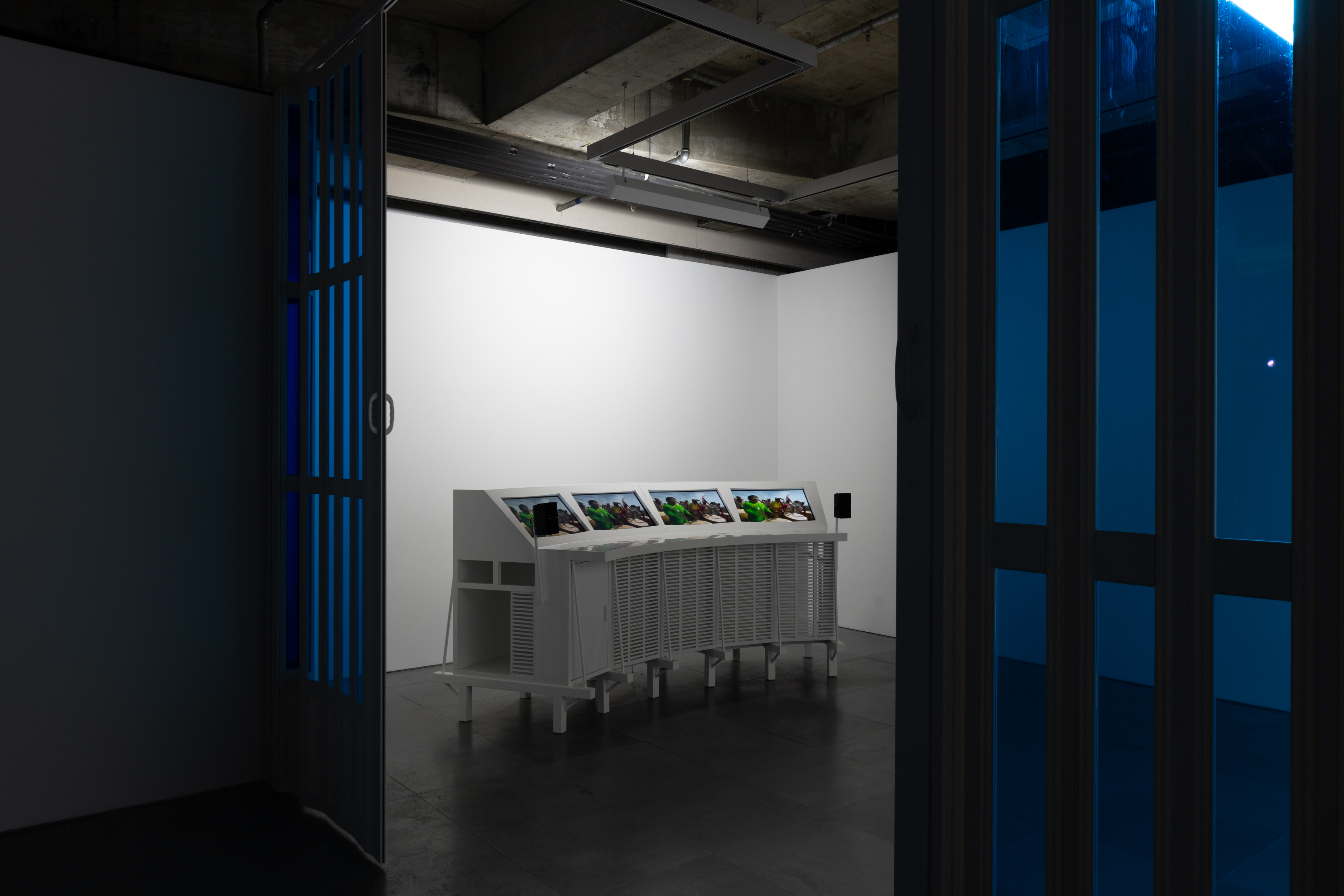
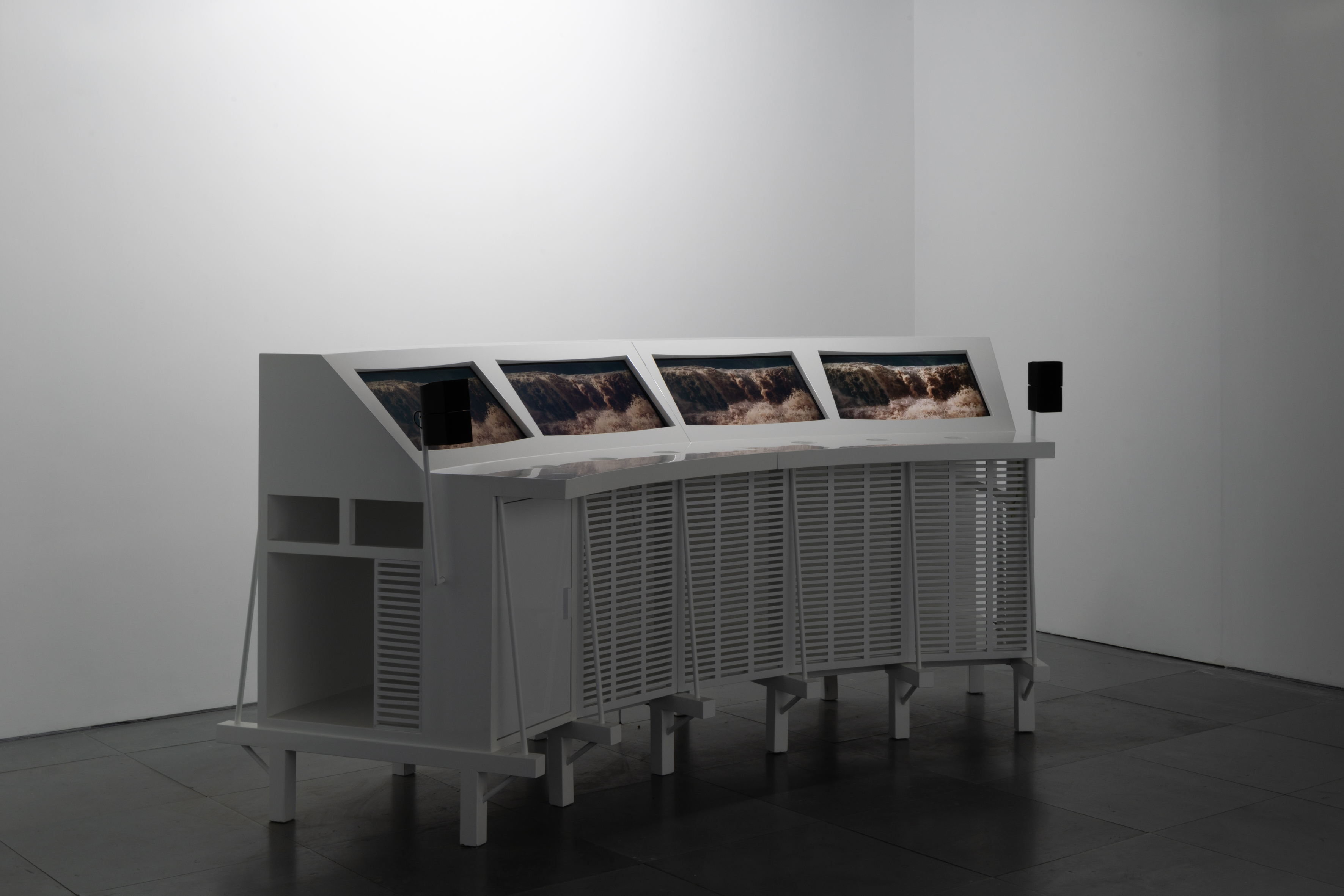
‘White Building’,
2019
Video installation, sound, wood, LED screen, speaker
124 x 286 x 130 cm
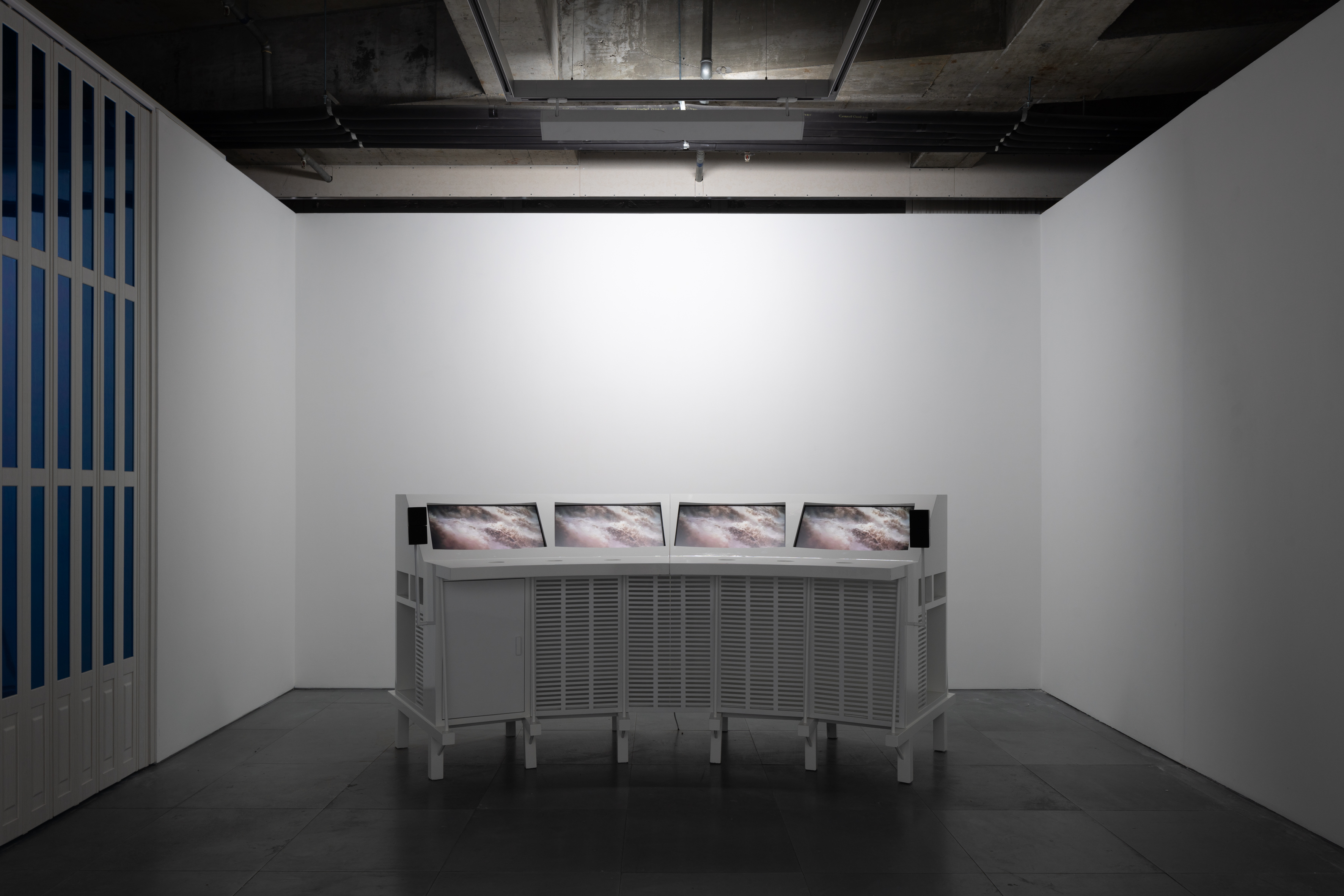
‘White Building’,
2019
Video installation, sound, wood, LED screen, speaker
124 x 286 x 130 cm
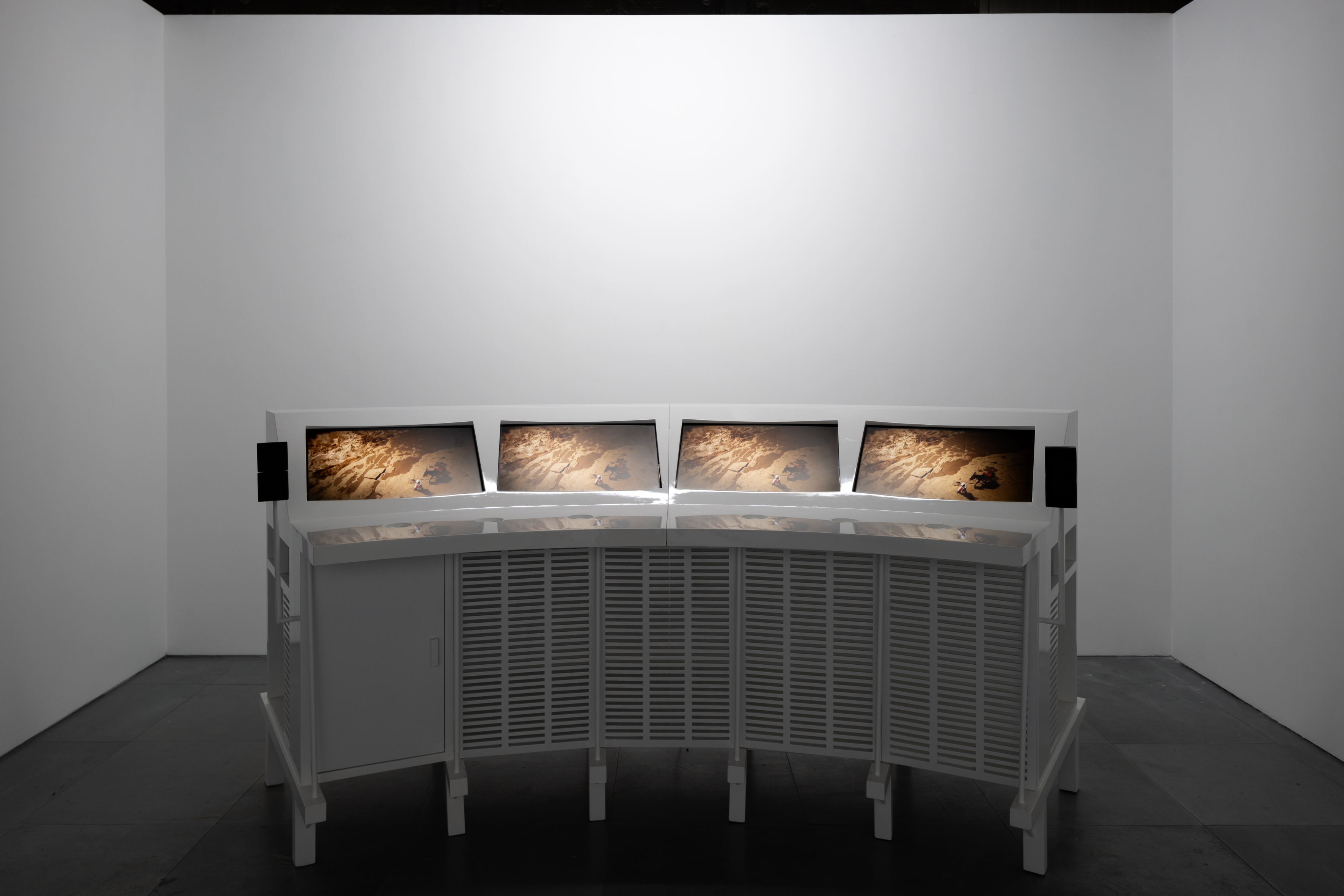
‘White Building’,
2019
Video installation, sound, wood, LED screen, speaker
124 x 286 x 130 cm